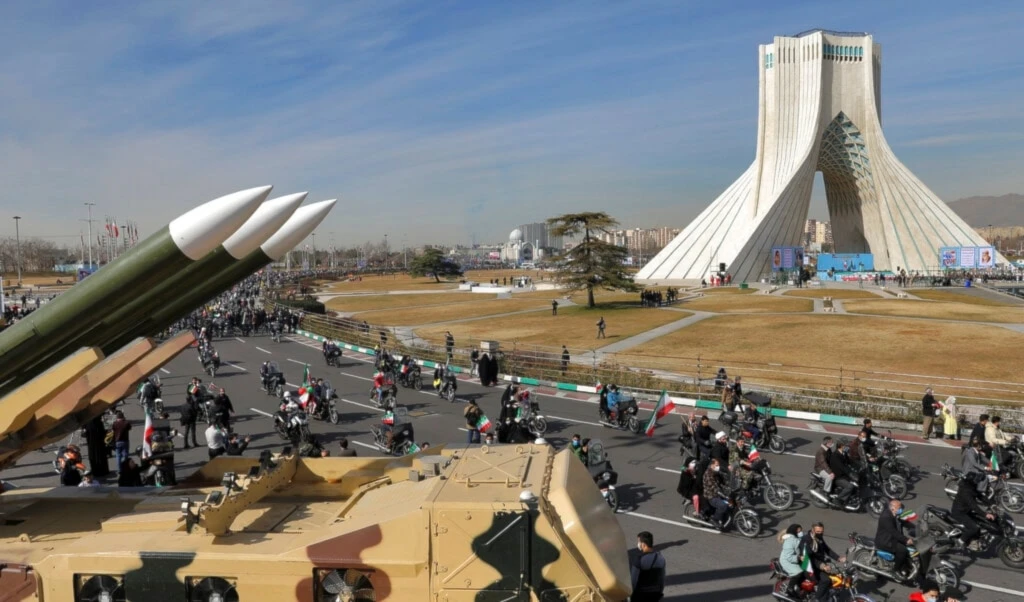WHO warns global aid cuts may spike maternal deaths
UN warns funding cuts could reverse gains in lowering pregnancy and childbirth deaths, particularly in war zones.
-

Pregnant women queue to see Lucy Mbewe, a traditional birth attendant, at her home in Simika Village, Chiradzulu, southern Malawi, on Sunday, May 23, 2021. (AP)
More women are at risk of dying from pregnancy and childbirth complications due to aid cuts from wealthy nations, which could have “pandemic-like effects,” UN agencies have warned.
A new UN report on maternal mortality trends found that pregnant women in war zones face an “alarmingly high” risk—five times greater than in other areas. Globally, maternal deaths fell by 40% between 2000 and 2023, but progress has slowed since 2016. In 2023 alone, an estimated 260,000 women died from pregnancy-related causes.
The authors of the report warned of a “threat of major backsliding” amid growing challenges. This year’s US aid cuts have already led to clinic closures, job losses among health workers, and disrupted supply chains for essential medicines treating hemorrhage, pre-eclampsia, and malaria, according to the World Health Organization (WHO).
The report, which was partly funded by the US, also noted that maternal deaths rose by 40,000 in 2021 due to COVID-19, likely due to virus complications and healthcare disruptions.
Dr. Bruce Aylward, WHO assistant director general, said that the Covid-related rise in deaths offers insight into the consequences of current funding cuts. “With Covid, we saw an acute shock to the system, and what’s happening with financing is an acute shock.”
“Countries have not had time to plan for alternative financing or staffing,” he said. “The shock to services would lead to ‘pandemic-like effects,’” he warned, adding that without intervention, “you could have a shift backwards.”
Global maternal deaths must decline tenfold to meet 2030 target
To reach the Sustainable Development Goal of fewer than 70 maternal deaths per 100,000 live births by 2030, the global rate would need to drop 10 times faster—15% per year instead of the current 1.5%.
The report also underscored vast disparities: in 2023, poor countries recorded 346 maternal deaths per 100,000 live births—nearly 35 times higher than the 10 per 100,000 in wealthy nations. Only 73% of births in poor countries were attended by health professionals, compared to 99% in richer ones.
War-affected or “fragile” states accounted for 61% of global maternal deaths, despite representing just 25% of live births. A 15-year-old girl in a low-income country has a one in 66 chance of dying from pregnancy or childbirth complications—compared to one in 7,933 in wealthy countries, and one in 51 in war-torn areas.
Catherine Russell, UNICEF's executive director, said, “Global funding cuts to health services are putting more pregnant women at risk, especially in the most fragile settings, by limiting their access to essential care during pregnancy and the support they need when giving birth.”
The report noted that maternal mortality rates have “stagnated” since 2015 across many regions, including northern Africa, much of Asia, Europe, the Americas, and the Caribbean.
It called for renewed investments in critical healthcare services, expanded access to family planning, and better education.
Pascale Allotey, director of WHO’s reproductive health department, stated, “It is an indictment on our humanity and a real travesty of justice that women die in childbirth today.”
“It really is something that we all have a collective responsibility for,” she added. “We have to step up.”
Read next: US to cut vaccine aid for underdeveloped countries: NYT

 4 Min Read
4 Min Read










